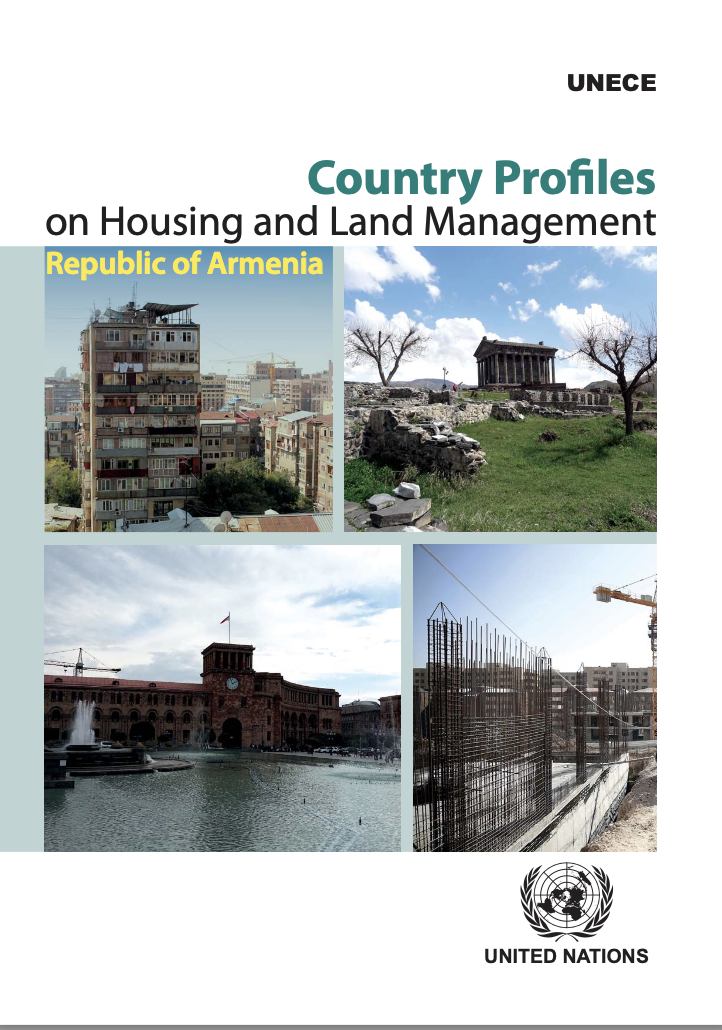Country Profiles on Housing and Land Management: Republic of Armenia
This Country Profile (CP) of the Republic of Armenia is the nineteenth in the series and the second review done for the country. The first was prepared in 2004 and the analyses covered only the housing sector. This CP is an in-depth analyses of the housing, urban development and land management sectors of the Republic of Armenia. It provides policy recommendations on these sectors, while focusing on specific challenges and achievements.












